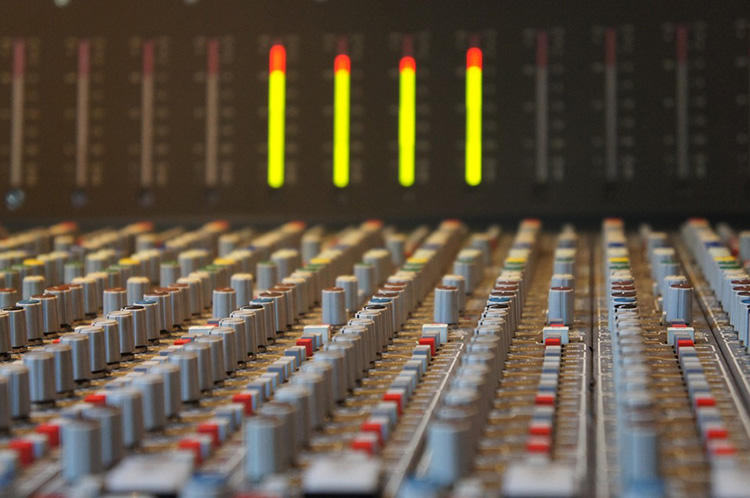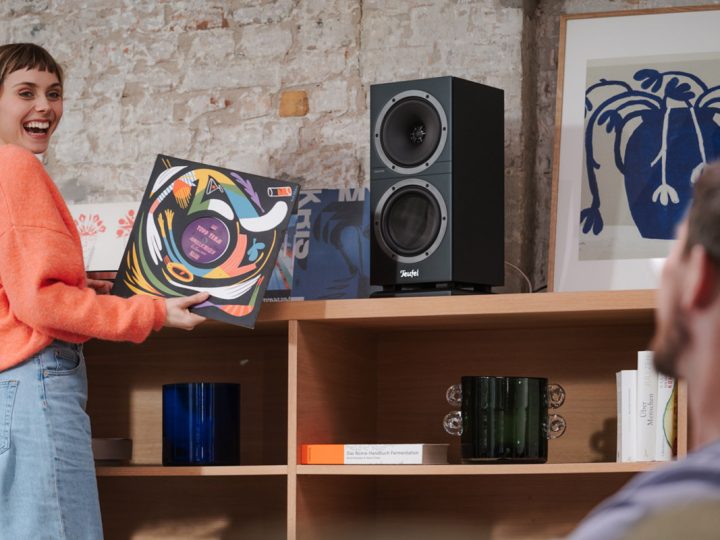Studies have shown that musical diversity has been rapidly declining over the past 50 years. The combination and rhythm of notes, as well as lyrical tropes, of the pop music we listen to everyday is becoming ever more homogenised, as parodied by the Australian comedic rock group Axis of Awesome in their song “4 Chords”. You might be surprised at just how many of your favourite pop songs can be played with the very same “I-V-vi-IV” chord progression:
How did we get to this stage? Could we really be running out of music…?
Musical Revolts
Musical trends are not a phenomenon that have only arisen in the 21st century. We can easily classify musical styles according to the period in time in which they were developed, with factors such as the instruments and lyrical themes making the difference between 15th century sonnet and 1980s synth pop immediately clear.
The problem, too, of creating new and innovative music is not a new one. At the turn of the 20th century, composers such as Stravinksy, Debussy and Schoenberg, were frustrated by a lack of musical diversity and sought to dissolve conventional concepts and “revolutionise” the scene. They certainly did so, to varying degrees of success, but the “innovation” that they were creating 100 years ago may not be classed as “innovative” now.
These composers are rated as some of the most influential of their time, but who are the Stravinskys and Schoenbergs of our modern music culture? Whilst these composers were creating the pop music of their day, we regard this classical style as culturally superior to the ‘pop music’ that we hear on the radio nowadays, at the same time lamenting the lack of originality in modern music.
It can be easy to turn our noses up at modern music, but musical styles are evocative not of a lack of imagination or talent on the part of the musician, but on cultural waves and the power of trend-based capital.
How to make a hit in 2017
The main difference, perhaps, between Stravinsky’s Rite of Spring and Justin Bieber’s Sorry, is that the latter, as a capitalist product, has been created at least partly with the intention of making millions of dollars in revenue. Pop music today is not just there to entertain you, it’s there to take your money. Music producers have found a formula that sells, a certain pattern of chords that sounds pleasant to the largest group of “consumers”, and is therefore more commercially appealing than something that may be considered more progressive. The digitalisation of music didn’t only change the way we listen to music, it also made that music louder, with different dynamics. The revival of vinyl records is somewhat indicative of a movement against the over-perfection, or over-simplification, of the music we hear.

The songs all sound the same…
However, the drawback to formulaic music is that it will inevitably create tracks that sound more and more similar. If you are finding it difficult to put your finger on exactly why that new song already sound familiar, you are not alone. Here are just a few examples of songs from the past few decades that sound more than a little alike:
1. Kinks “All Day And All Of The Night” v The Doors “Hello I Love You”
The Doors were ordered by courts to pay royalties to The Kinks songwriters after Jim Morrison admitted to “borrowing” the well-known riff used in “Hello I Love You”.
2. Radiohead “Creep” v. The Hollies “The Air That I Breathe”
Radiohead were sued by The Hollies’ Albert Hammond and Mike Hazlewood for copyright. The duo are now listed as co-writers and split royalties with the band for their hit 90s song.
3. Robin Thicke “Blurred Lines” v. Marvin Gaye “Got To Give It Up”
Thicke famously had to pay $7.4m to Gaye’s children after courts decided that he had indeed copied Gaye’s original “Got To Give It Up” to create one of the biggest songs of 2013, “Blurred Lines”.
It can be difficult to draw the line between inspiration and plagiarism, as proved particularly in the last case which resulted in a lengthy legal case for Thicke, who maintained that no copyright had been committed, and many artists nowadays end up crediting other songwriters whether or not similarities between their new material and the original variant was intentional.
Familiar v new
So, is it actually possible to create truly original music in the digital age? The artist is already creating upon several layers of musical heritage, whether or not consciously influenced. It is inevitable that they have heard music from the same genre in which they are now creating, and therefore may subconsciously create certain melodic or lyrical patterns, purely because they sound pleasing.
The art of being original is highly nuanced, and extremely challenging when surrounded by a culture of “art immediacy” in which a consumer can find hundreds of new artists daily via streaming services, which recommend music precisely based on music that the listener has previously enjoyed.
The problem that faces artists nowadays is this formulaic approach to creating new music. Whilst novel art forms can be exciting, they are also not often commercially successful, and is often outperformed by music that sounds familiar and reminds us of comforting themes, even if it may not be ground-breaking in terms of innovation. We, as a consumer audience, like patterns. The music industry knows, and unfortunately exploits, this and can already preempt which artists or singles will be hits before they have even been heard by a mass audience.
The commercial success of songs that feature samples, and covers of old classics, is also therefore not surprising. Compare Tracy Chapman’s soulful “Fast Car”, a soft-spoken ballad telling the struggles of a woman of colour as she seeks freedom from the confines of an inert and oppressive social surroundings, with Jonah Blue’s ‘Ibiza banger’ update of the song, which erased the emotional value of the song, simplified the melodic nuances, and proved to be more successful in the charts.
Conclusion – 21st century pop music culture
So, perhaps the issue is not that we are running out of possible melodic combinations, and the future of music lies in 4 chords, the problem lies in the very culture in which music is created nowadays – a culture that has turned music into a purely economic venture.
We appreciate familiarity, we appreciate patterns, and as a result we are more susceptible to certain sounds and styles when it comes to our music choices. And that’s exactly what pop music is – popular music that evolves and adapts according to cultural trends. It’s therefore little wonder that you might think the hook of a song about falling in love on the dance floor sounds more than a little familiar. It is, but that doesn’t mean it points to stagnation in musical creativity. As much as the charts are consumer-driven economic ventures, artistic innovation remains of course integral in shaping these trends as it is formed by them. The modern music scene is didactic, which, in itself, offers more than a superficial insight into the culture of the 21st century – the anti-revolution of musical democracy.




